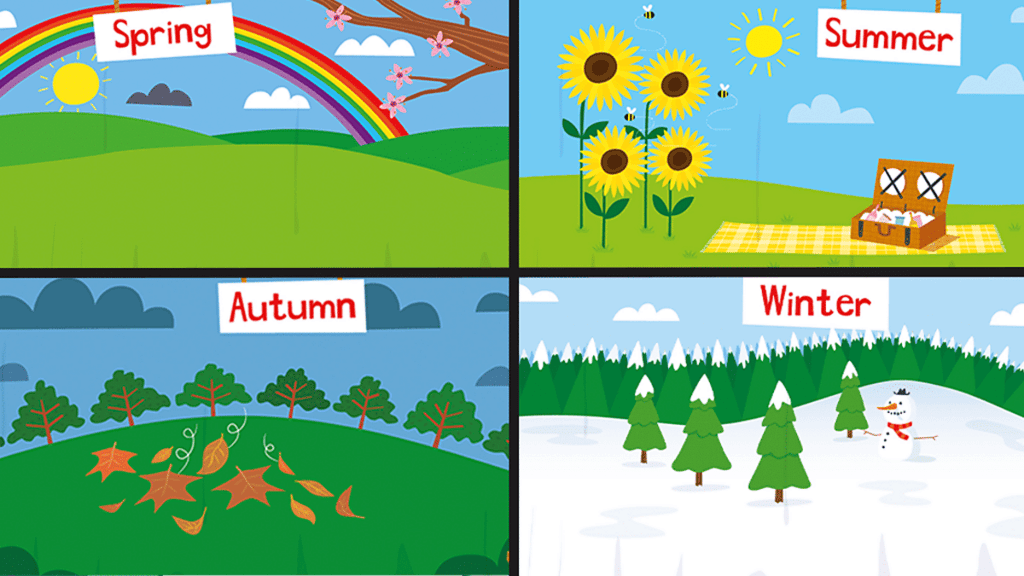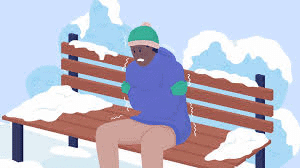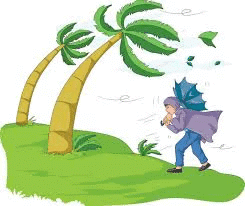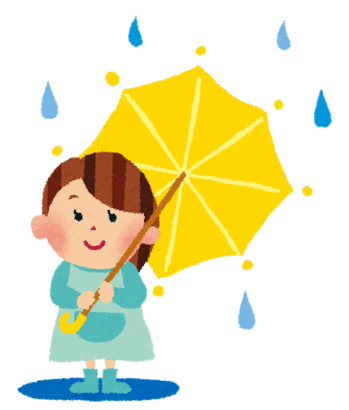Short Answer Questions: Seasons and Weather | EVS for Class 2 PDF Download
Q1. What is weather?
Ans: Weather is how the sky and air feel outside. It can be sunny, rainy, windy, cold, or cloudy, and it affects what we wear and do.
 SeasonsQ2. What do people usually wear on sunny days?
SeasonsQ2. What do people usually wear on sunny days?
Ans: On sunny days, people wear light and comfortable cotton clothes to stay cool.
Q3. How do people stay warm on cold days?
Ans: People wear warm woolen clothes like sweaters and coats, and enjoy hot drinks like tea or soup to keep cozy.
 Cold Days
Cold Days
Q4. What should you use when it rains?
Ans: When it rains, people use raincoats and umbrellas to stay dry.Q5. What happens on windy days?
Ans: On windy days, strong winds blow, trees sway, and it’s fun to fly kites, but we should be careful and stay indoors if the wind is very strong.
 Windy DaysQ6. What are the four main seasons in India?
Windy DaysQ6. What are the four main seasons in India?
Ans: The four main seasons in India are Summer, Winter, Spring, and Monsoon. (Autumn is also a season with cool weather and falling leaves.)
Q7. What do people do during the summer season to stay cool?
Ans: During summer, people wear light clothes and drink cold beverages to stay comfortable in the heat.
Q8. How do people dress during winter in northern India?
Ans: In winter, people wear sweaters and jackets to keep warm and enjoy hot drinks like tea and coffee.
Q9. What happens in nature during spring?
Ans: In spring, flowers bloom and trees grow new leaves. The weather is mild and pleasant.
Q10. Why is the monsoon season important for farmers?
Ans: The monsoon brings heavy rain that waters crops, which helps farmers grow food.
Q11. What problems can heavy monsoon rains cause?
Ans: Heavy rains can cause flooding in some areas, which can be dangerous.
 Rainy DaysQ12. What do people use during the monsoon to protect themselves from rain?
Rainy DaysQ12. What do people use during the monsoon to protect themselves from rain?
Ans: People use umbrellas and raincoats to stay dry during the monsoon.
Q13. What changes happen to trees during autumn?
Ans: During autumn, trees lose their leaves, and the leaves change to beautiful colors like red, yellow, and orange.
Q14. Why is autumn a good time for outdoor activities?
Ans: Autumn has cool and pleasant weather, making it perfect for picnics and walks in nature.
Q15. How does weather affect our daily life?
Ans: Weather affects what clothes we wear, what activities we do, and how we feel each day.
|
30 videos|243 docs|48 tests
|
FAQs on Short Answer Questions: Seasons and Weather - EVS for Class 2
| 1. What are the four seasons and how do they differ from each other? |  |
| 2. How do weather patterns change with the seasons? |  |
| 3. What factors influence the climate of a region throughout the seasons? |  |
| 4. How do seasonal changes affect the environment and wildlife? |  |
| 5. What is the significance of understanding seasons and weather patterns for agriculture? |  |
















